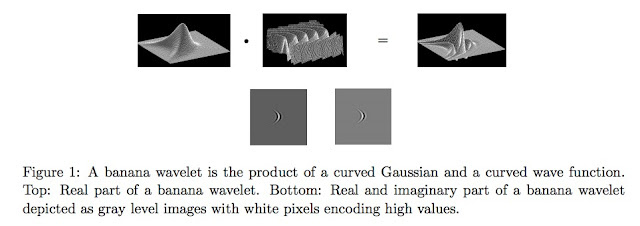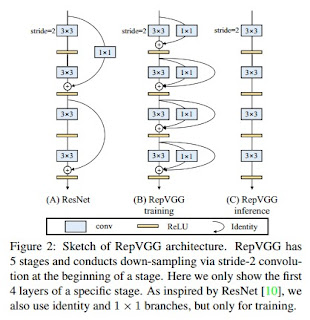HTC Updates: March Madness (deep learning updates)
Time marches on very quickly when it comes to deep learning research these days. Quite a lot has been happening recently. Henry AI Labs has these informative weekly updates to help us stay up to speed on the latest developments. This may seem like an information overload slogfest, but it is a great way to get an overview of what is happening (keep in mind this is still only a slice of current research activities in the field). And then you can dive into specific papers you are particularly interested in.





